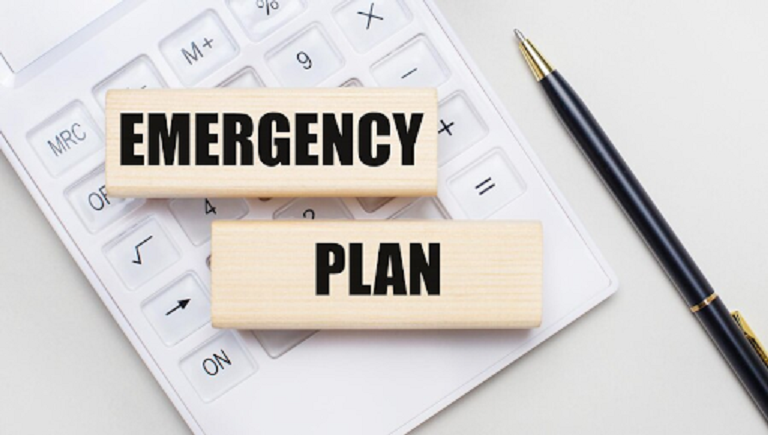Emergency Planning Checklists for Remote Employees
Working with freelance or remote staff means that your disaster recovery process must include other locations and areas. You need to cast a wider net to cover all staff, but always putting your staff safety first will promote excellent working conditions in your business.
No matter the size or location of a company, emergency preparedness must always be a top priority. More people are working remotely than ever before, therefore businesses must have remote-worker-specific emergency preparedness procedures in place.
In case of an emergency, remote employees should have the following items on their to-do lists:
1. Emergency Contacts: Remote workers’ emergency contacts are the first item in any disaster preparation checklist. The names and numbers of the organisation’s emergency response team, as well as those of local emergency services and relevant authorities, should be included here. This data has to be posted on the company’s website, intranet, and other channels of communication used by remote workers.
2. Emergency Response Plan: This plan contains emergency procedures and processes. Procedures for evacuating and communicating with distant workers should all be outlined here. It should be assessed and modified on a regular basis to account for changes in the operations or staff of the company. This can also include having a communication platform in a place like Conxhub that can help employees remotely to stay connected with the team even if there’s a crisis.
3. Training and Education: Remote employees’ emergency preparation checklists must include training and education. The business should offer frequent training sessions and educational tools to assist remote workers in comprehending the emergency response plan, communication protocols, and other safety practices. This includes webinars, virtual training, and internet resources.
The COVID-19 outbreak has prompted multiple businesses to embrace remote working. While this has helped businesses keep running, it has also brought to light the need to have a strategy in place for when remote workers are affected by an emergency. In the case of a disaster, remote employees are more vulnerable to things like disasters, cyber attacks, and health issues. For this reason, businesses must create emergency preparation checklists for remote staff.




